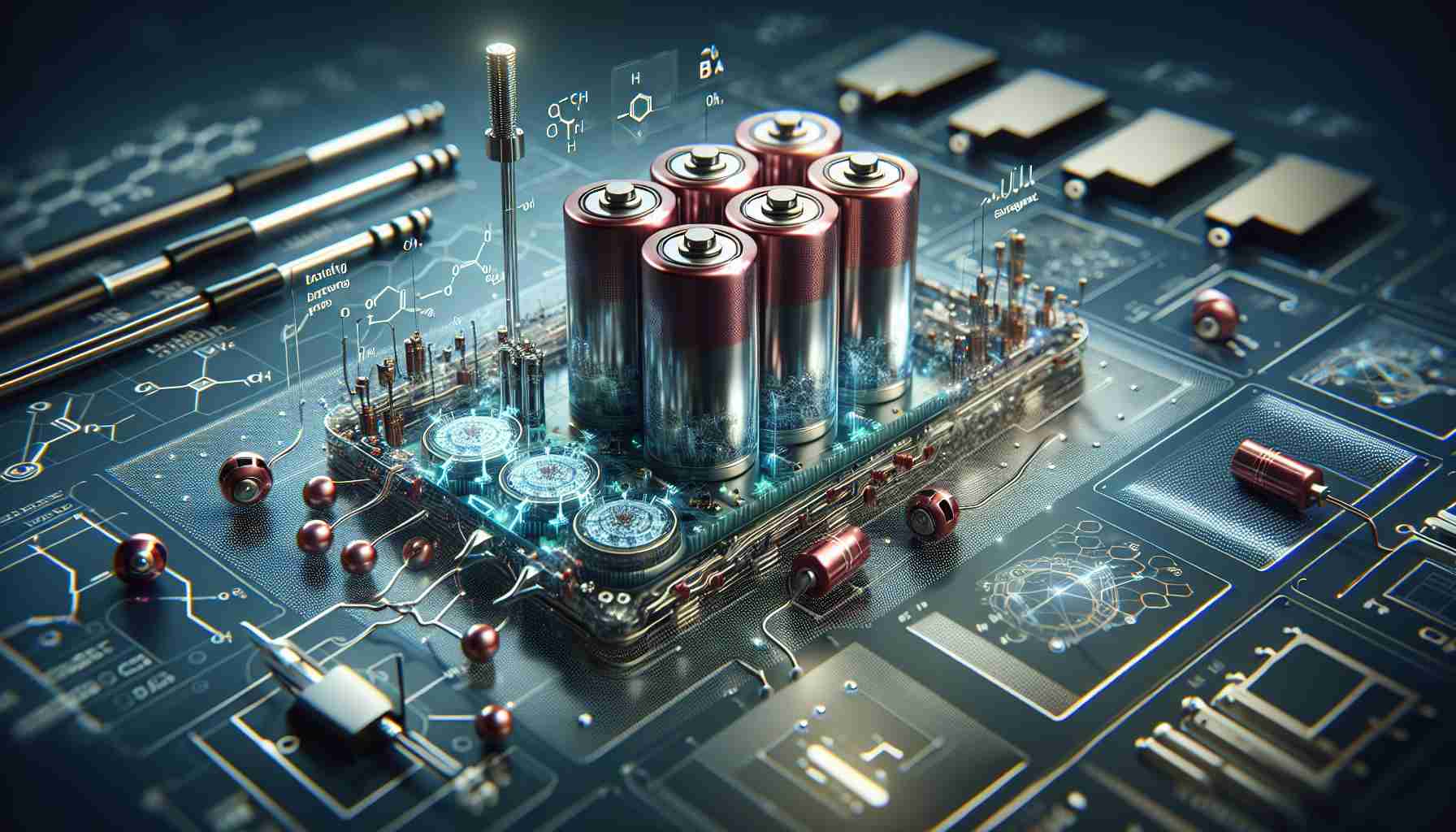Lithium-ion batteries have revolutionized modern technology, powering everything from smartphones to electric cars. As the demand for high-performance batteries continues to grow, researchers are now shifting their focus from optimizing battery materials to reimagining the entire cell design and architecture.
A recent paper published in the journal eScience by a research team from The University of Texas at Austin explores innovative strategies for enhancing lithium-ion battery performance by going beyond traditional manufacturing methods. Instead, they propose novel approaches such as templating, gradient designs, and freestanding electrodes.
Templating techniques allow for the creation of precise pore structures within the electrodes, resulting in improved ionic transport. Gradient designs vary the composition and microstructure across the electrode, optimizing energy storage and transfer. Freestanding electrodes eliminate the need for metal foil current collectors, offering enhanced mechanical stability and energy density.
While these architectural innovations hold great promise, their integration with advanced materials is crucial to unlock superior battery capabilities. The study emphasizes the importance of scalable and economically feasible production methods to enable the transition of these advancements from the lab to the market.
By reimagining electrode design, batteries can overcome existing limitations and become more powerful and adaptable to various applications. This research marks a significant milestone in the quest for more efficient, reliable, and sustainable energy storage solutions.
Furthermore, in addition to electrode restructuring, another recently published paper in the same journal explores the formulation of electrolyte and solid-electrolyte interphase (SEI) properties for better lithium-ion battery performance. Novel solutions such as liquefied gas, weakly solvating, and localized high-concentration electrolytes, in combination with electrode structure innovation, promise to overcome traditional limitations, ensuring reliable battery function even at sub-zero temperatures.
These advancements in lithium-ion battery technology have the potential to revolutionize industries such as electric vehicles, renewable energy storage, and portable electronics. As technology and society continue to evolve, the exploration of electrode design and battery formulation remains crucial for meeting the ever-growing demands of the future.
리튬이온 배터리는 스마트폰부터 전기차까지 모든 것을 가동시키는 현대 기술을 혁신시켰다. 고성능 배터리에 대한 수요가 계속해서 증가함에 따라, 연구자들은 이제 배터리 재료를 최적화하는 것에서 벗어나 전체적인 셀 디자인과 아키텍처를 재구상하는데 초점을 맞추고 있다.
텍사스대학의 연구팀이 발표한 최근 논문은 전통적인 제조 방법을 벗어나 사상적인 접근법인 구조, 그래디언트 디자인 및 독립형 전극과 같은 혁신적인 전략을 제안하여 리튬이온 배터리의 성능을 향상시키는 방법에 대해 탐구한다.
구조 형성 기술은 전극 내 정확한 구멍 구조를 생성하여 이온 운반을 개선하여 더 나은 성능을 유도한다. 그래디언트 디자인은 전극에 걸쳐 조성과 미세 구조를 변화시켜 에너지 저장 및 이동을 최적화한다. 독립형 전극은 금속 호일 전류 수집체가 필요하지 않으므로 기계적 안정성과 에너지 밀도를 향상시킨다.
이러한 아키텍처 혁신은 많은 약속을 품고 있지만, 첨단 재료와의 통합은 우수한 배터리 성능을 활성화하기 위해 결정적인 역할을 한다. 이 연구는 이러한 발전을 연구실에서 시장으로 이동화시키기 위해 확장 가능하고 경제적으로 실현 가능한 생산 방법의 중요성을 강조한다.
전극 디자인을 재구상함으로써 배터리는 기존의 한계를 극복하고 더욱 강력하고 다양한 응용에 적합한 기능을 갖출 수 있다. 이 연구는 더 효율적이고 신뢰성 높은 지속 가능한 에너지 저장 솔루션을 찾기 위한 수행에서 중요한 이정표를 세운다.
또한, 전극 리조릭 외에도 같은 학술지에 최근 발표된 다른 한 편의 논문에서는 리튬이온 배터리의 성능 향상을 위한 전해질과 고체 전해질 상호작용 계층(SEI)의 정의에 대해 논하고 있다. 액화 가스, 약한 용매화, 지역적으로 높은 농도 전해질 등의 혁신적인 솔루션은 전극 구조의 혁신과 결합하여 어떤 온도에서도 신뢰성 높은 배터리 기능을 확보할 수 있음을 약속한다.
이러한 리튬이온 배터리 기술의 발전은 전기차, 재생 에너지 저장 및 휴대용 전자제품과 같은 산업을 혁신할 잠재력을 지니고 있다. 기술과 사회가 계속해서 진화함에 따라, 전극 디자인과 배터리 조성의 탐구는 미래의 지속적인 수요를 충족시키기 위해 중요한 역할을 계속해야 한다.
